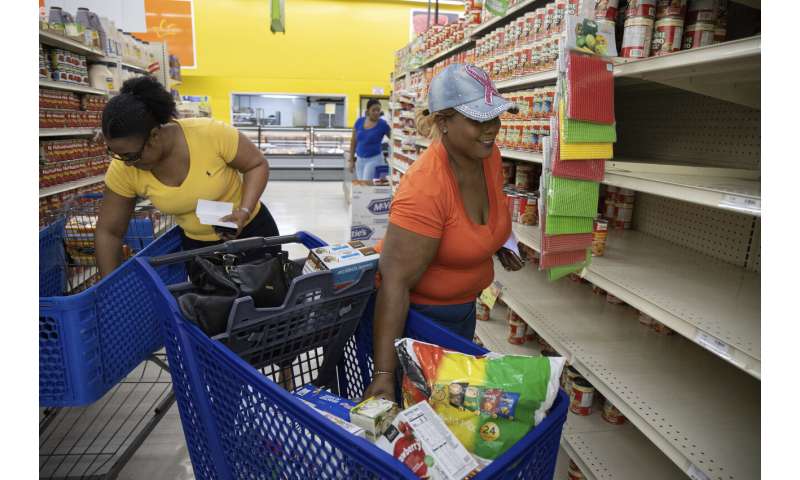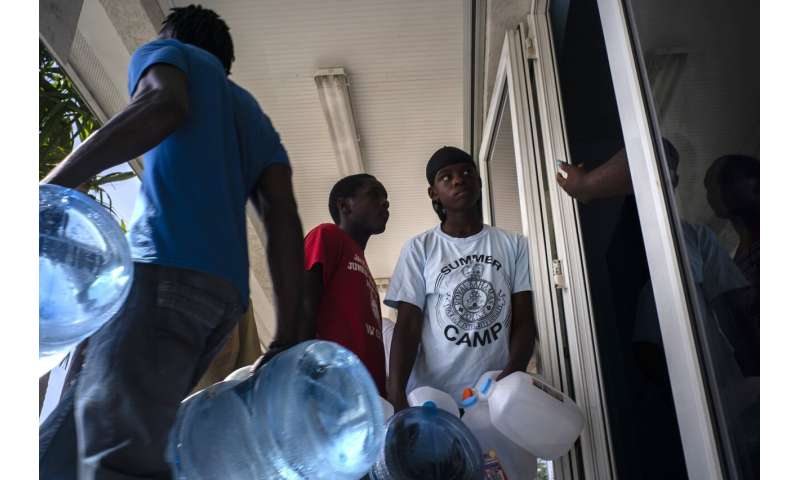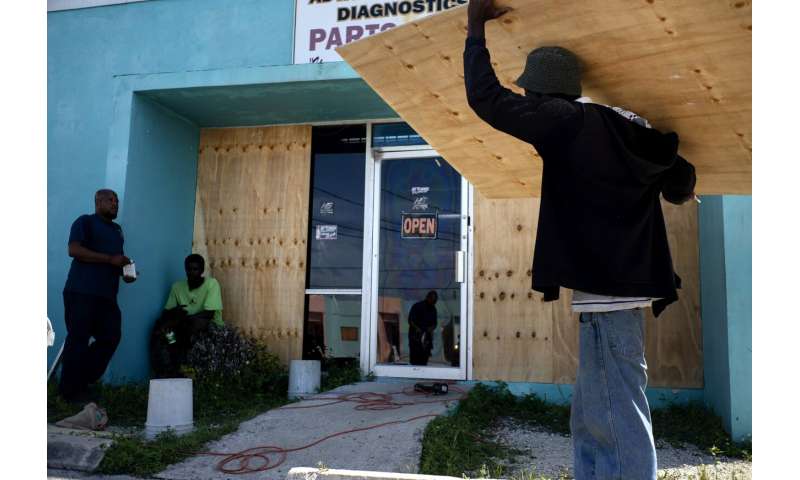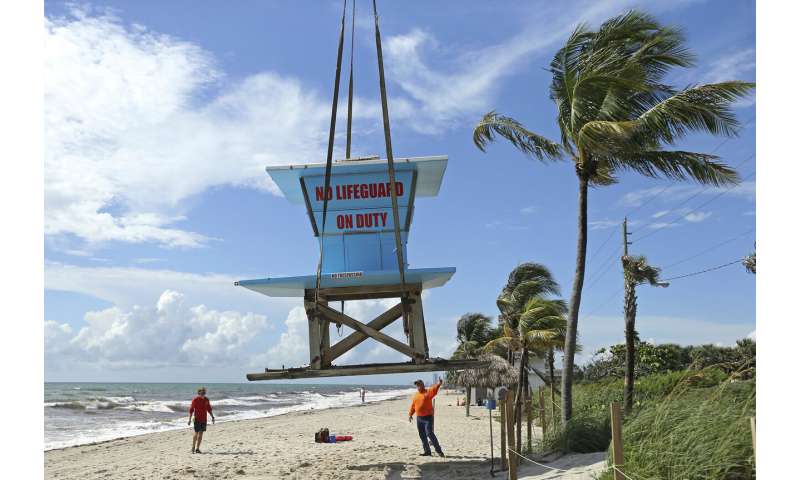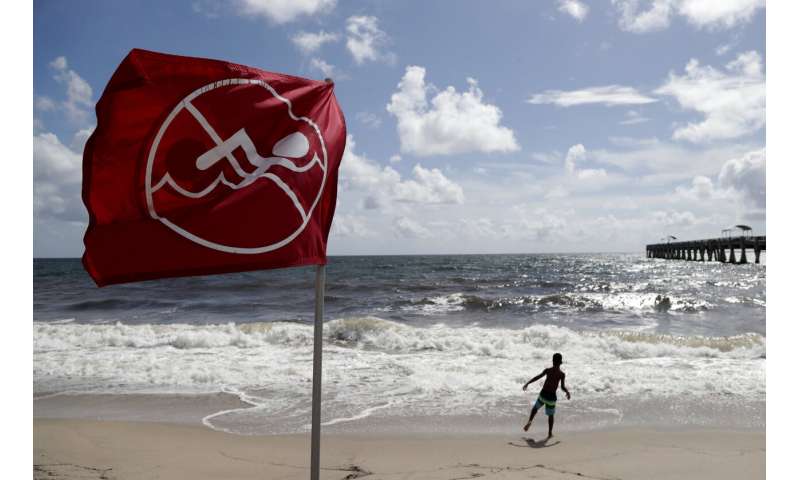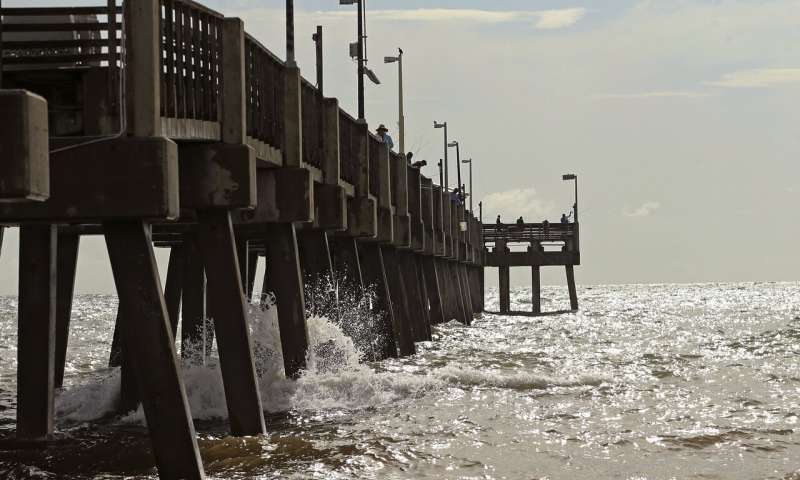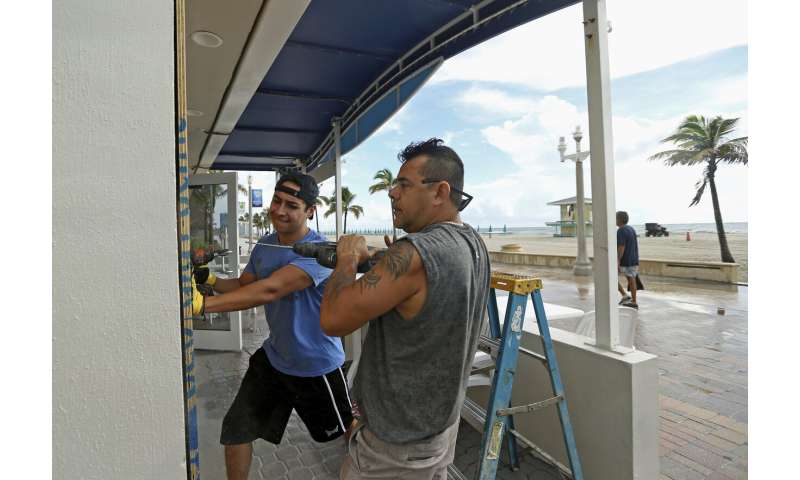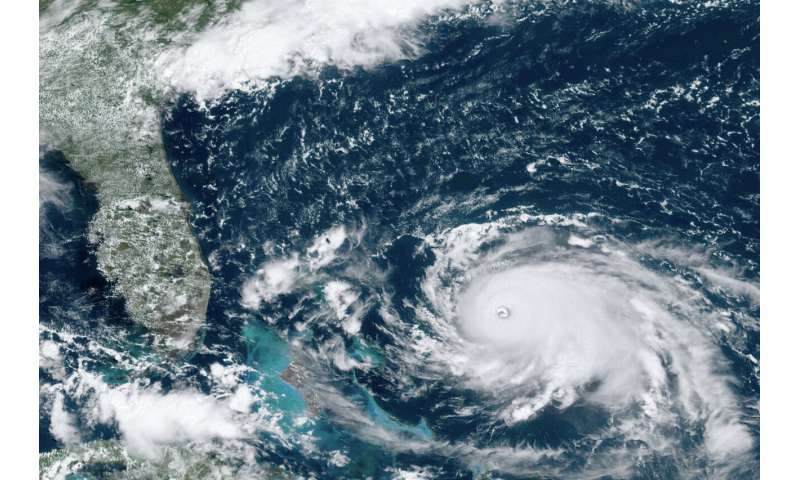It's common to see lines of scooters downtown, such as these in Houston.
Tara Haelle When Luna E., a 21-year-old in Tacoma, Washington, realized she would have to wait 30 minutes for her bus to work, the Lime electric scooter laying nearby suddenly looked inviting. She’d used one before, so she hopped on and rode about 20 blocks along the sidewalk at an easygoing 10-15 mph.
When she saw pedestrians ahead, she moved toward the bike lane in the street. But the small bump she hit on the way sent her flying headfirst over the handlebars onto a gravelly sidewalk.
“I stood up immediately, and the first thing I remember is smelling and tasting a lot of blood,” Luna said. She called 911 and was soon telling the story to the fire department and paramedics, who recommended she got to the emergency department. The CT scan at the ER revealed no problems, but the staff did have to pull a small rock out of her forehead, and she has lasting scars on her forehead and knee.
“I haven’t ridden an e-scooter since, and I’ve asked my partner to stay away from them as well,” she said. “One of the worst fights we’ve ever gotten into was when I found out he rode one home from work.”
Luna’s story was one of nearly a dozen I heard when I reached out in my social network to ask who had experienced accidents on e-scooters. I expected to hear one or two. I didn’t expect the flood of cringe-inducing injury descriptions and near misses I received almost immediately. The ER staff told Luna she was the third e-scooter accident they’d seen that week, and emerging research about the new form of transportation bears that out.
Though she had no findings on a CT scan, Luna did need a rock removed from her forehead, and she still has scars.
Photo courtesy of Luna E. The latest study looking at e-scooter injuries, published in BMJ’s Trauma Surgery & Acute Care Open this week, identified several trends associated with these injuries: alcohol and drug use was common, and very few patients wore helmets, as prominent instructions on the e-scooters recommend. But it’s clear from barrage of anecdotes I heard in that post — even acknowledging selection bias and the fact that anecdotes aren’t peer-reviewed evidence — that the public health danger e-scooters pose is substantial even without substance use.
“The almost overnight introduction of eScooters to major urban areas around the USA has already begun to have effects on transportation patterns and legislation,” wrote lead author Leslie M. Kobayashi, of the University of California San Diego Health System’s Department of Surgery, and her colleagues. (San Diego was, incidentally, the first place I rode e-scooters and observed a disturbing number of intoxicated folks on them in the Gaslight District.)
“Not all new transportation technologies rise to the level of public health concerns,” they continued. “eScooters, however, have been adopted at an unprecedented rate.” They note that 3.6% of US adults had ridden one within a year of their introduction in 2017.
Their study tracked all patients admitted to their facility from the start of September 2017 through the end of October 2018. Unsurprisingly, given the fast adoption of e-scooters, admissions increased each month. Among 103 patients, 42% had broken limbs and 26% had fractures in their face. Another 18% had internal bleeding in the brain.
And those are just the folks who went to the hospital. Only two of the horror stories I heard involved people going to the hospital, which suggests the actual scale of injuries caused by e-scooters isn’t yet understood or appreciated.
Of the 103 patients admitted, 98% hadn’t been wearing a helmet, and more than half (65%) were young men, primarily in their 30s. Most notably, more than a third (38%) had a blood alcohol level above 80 mg/dL, and 31% had positive urine tests for drug use.
Alcohol figured prominently in the stories I heard, but it was usually bystanders at the most risk. Andrea Luttrell, a Dallas-based fundraiser, had been walking to a live podcast taping in downtown Austin when she and her cousin heard a ruckus behind them.
“It was a bunch of clearly drunk dudes, early 20s, getting onto those green scooters. I could tell they were drunk because they were loud and clumsy and had trouble getting on. They kept sort of losing balance,” she said. “Then as we were walking on the sidewalk, I heard ‘On your left!’ and this guy whizzed past us, barely missing us and wobbling on his scooter. If memory serves, he plowed straight through the stoplight and was lucky no car was coming to hit him.”
Though this was a near-miss for Luttrell, Sam Rathbone in Brisbane, Queensland, Australia, has been hit by e-scooters too many times to count. She works nights in the nightclub district and is frequently been hit in the ankles when someone loses control of their scooter and the back of it swings around.
“These aren’t light impacts. They hurt for days after,” she said, and they cause significant problems for her existing joint difficulties. One hit drew blood through her fleece-lined stockings and left her ankle swollen for a week, requiring her to use crutches.
“Every weekend we see people who are far too intoxicated operating these scooters,” Rathbone said. “They’ll try and double up on them, swerve in and out of traffic and hit pedestrians.”
But, like others who shared their stories, she recognizes their value too. Her husband uses them to run errands, and she has no complaints about them when used properly. “But alcohol and scooters don’t mix,” she said.
Neither does marijuana use, the researchers found, since THC use increased the risk almost ten-fold of needing surgery for injuries from an e-scooter accident. A third of all the admitted patients needed some kind of surgery, most often for fractures.
Among the injuries the researchers described were two lacerations of the spleen, a serious kidney injury and one cervical spine injury. These, plus 17 patients with concussions and 19 patients with internal head hemorrhaging, occurred just over 100 patients.
Admittedly, a good chunk of injuries come from inappropriate use of the e-scooters. Jennifer Varchmin of St. Paul acknowledges that she and her husband should not have shared a scooter when heading home from a soccer game. They had planned to share it only for a few blocks until they could find another, but when they hit a bump, her husband lost control and the scooter flew into the grass and toward the street. Both of them were thrown from the scooter, and Varchmin, breaking her husband’s fall, caught the worst of it, with her face and foot hitting the pavement.
“After hitting my $7000 out-of-pocket max and heading into a second surgery in October, my two-minute scooter ride became the most expensive two dollars I ever spent,” Varchmin said. “I will have spent at least six months recovering from my stupid decision to ride the damn scooter.”
But many folks use them properly and still end up with injuries because the scooter malfunctions, they aren’t seen by vehicles or pedestrians, or the scooter is sensitive to uneven riding surfaces. Jamie Carter Park, of Ogden, Utah, had to go pick up her teenaged son after he took one to get a Slurpee for his sick sibling and ended up flying over the handlebars when the batteries unexpectedly cut out. Fortunately, he was wearing a helmet, but his face and hands were badly bruised, she said.
Another friend’s daughter fell off a Lime scooter when the brakes failed. These incidents suggest not only the danger of malfunctioning e-scooters causing accidents but also the inability of e-scooter companies to prevent underage riders or enforce helmet recommendations. Most e-scooter companies require the rider to be over age 18 and have a valid driver’s license, but they have no way to enforce this requirement, and local law enforcement is inconsistent.
“Every city and place has different rules, so it’s sort of the Wild West of wheeled transportation,” said photojournalist Spencer Selvidge, a colleague of mine in Austin, who spent one day riding them off and on in San Antonio and swore never to do it again.
“Pedestrians react differently to them than bicycles for some reason, and cars are less likely to see you,” he said. “They accelerate too fast and stop too slowly, and the handle bars are often not wide enough to really maintain control. Some brakes were new and jerk-stop, and some were painfully, dangerously even, non-reactive.”
Ariel ended up with severe bruising on her legs when she unsuccessfully tried to brake on an e-scooter for a yellow light.
Photo courtesy of Ariel L. It was difficulty braking that left Ariel L., with severely bruised legs in Los Angeles when she and her husband were using them to visit a few stores before heading to the airport.
“I’ve used so many so I had a false sense of security and comfort that I knew what I was doing,” she said. She’s used Lime, Lyft, Bird and Razor e-scooters, but not all brake in the same way. She was cruising along when a light turned yellow and she needed to quickly stop. But when she put her foot back to brake, nothing happened.
“I waited until I slowed down a bit and hopped off while running, but it was still too fast and I fell,” she said. “I absolutely love those scooters but agree there needs to be some sort of regulation.”
But she’s not sure what type of regulation should exist. Part of their value is their spontaneity, she said, and they’re ideal in big cities with inadequate public transit.
“They’re great for connecting dots on your map, especially when you don’t have specific destinations, in really congested areas,” Ariel said. “They fill a really great gap because they’re great for those distances that are just a bit too far to walk,” and they may reduce cars on the road.
But it’s unclear how the scooters are maintained—especially their battery power and brakes—and the spontaneity they enable makes it less likely people will wear helmets.
“It is likely that the low rates of helmet use are related, in part, to the lack of legislation requiring helmet use with these devices,” Kobayashi and her colleagues wrote. But it’s clear the injuries they reported won’t decline on their own.
“As the popularity of alternate modes of transportation continues to rise, eScooter-related injuries are likely to increase as well,” they wrote. “Early research into the safety and injury patterns of eScooters is vital to guide the public and legislators on injury prevention strategies for this evolving mode of transportation.”
#News | https://sciencespies.com/news/wild-west-of-wheeled-transportation-e-scooter-injuries-increasing-without-regulation/
 Messier 83. (ESO/IDA/Danish 1.5 m/R. Gendler, S. Guisard and C. Thöne)
Messier 83. (ESO/IDA/Danish 1.5 m/R. Gendler, S. Guisard and C. Thöne) (ESA/XMM-Newton/S. Carpano, Max-Planck Institute for Extraterrestrial Physics)
(ESA/XMM-Newton/S. Carpano, Max-Planck Institute for Extraterrestrial Physics) (ESA/XMM-Newton/S. Carpano, Max-Planck Institute for Extraterrestrial Physics)
(ESA/XMM-Newton/S. Carpano, Max-Planck Institute for Extraterrestrial Physics)



